11 Healthiest Large Dog Breeds (with Photos) Including BIG Dogs
Are you looking to bring a new dog into your home? If so, do you love those big, cuddly canines you can hug all day long? Those looking for a large, healthy dog breed have come to the right place. Here, I will detail the 11 healthiest large dog breeds available in the United States.
I love my huge dog and recommend that others consider adopting a lovely, big pup. If you’re looking for a healthy dog, I explain below how you can pick the perfect healthy puppy and keep your canine in tip-top shape. I also answer a few popular questions about healthy dog breeds below.
Ready to learn about the top 11 healthiest large dog breeds? Let’s get started!
How To Pick a Healthy Canine
When picking a puppy from a litter, you must ensure the canine is the healthiest in the pack. Check with the breeder to make sure the puppy does not have health problems. Ask for a genetic screening if possible. Also, find out about the puppy’s parents to see if they’re healthy dogs.
The mother’s coat should look glossy. Her skin needs to look healthy, too. The dog’s eyes and nose need to look normal without any discharge. Both the puppy and her parents need to walk around comfortably without any trouble.
The General Lifespan of Healthy Dogs
Medium-sized and large dogs tend to live anywhere from 10 to 20 years. The average lifespan of the typical dog is 10 to 13 years in length. However, the healthiest dog breeds tend to live for 13, 14, or even 15 years of age.
You may even find a healthy dog breed living for as long as 16 years. The Alaskan Klee Kai breed can live for 16 years in total.
PuppySpot is a reputable dog marketplace where you can browse and find compatible puppies right from the comfort of your home. They have placed over 200,000 puppies into homes in the US!
The 11 Healthiest Large Dog Breeds Around
Below, I outline the 11 healthiest large dog breeds you can adopt and love for many years to come.
1. German Shepherd
Are you looking for an active, intelligent, and healthy dog? If so, the German Shepherd is a perfect choice. These large dogs weigh anywhere from 75 to 95 pounds.
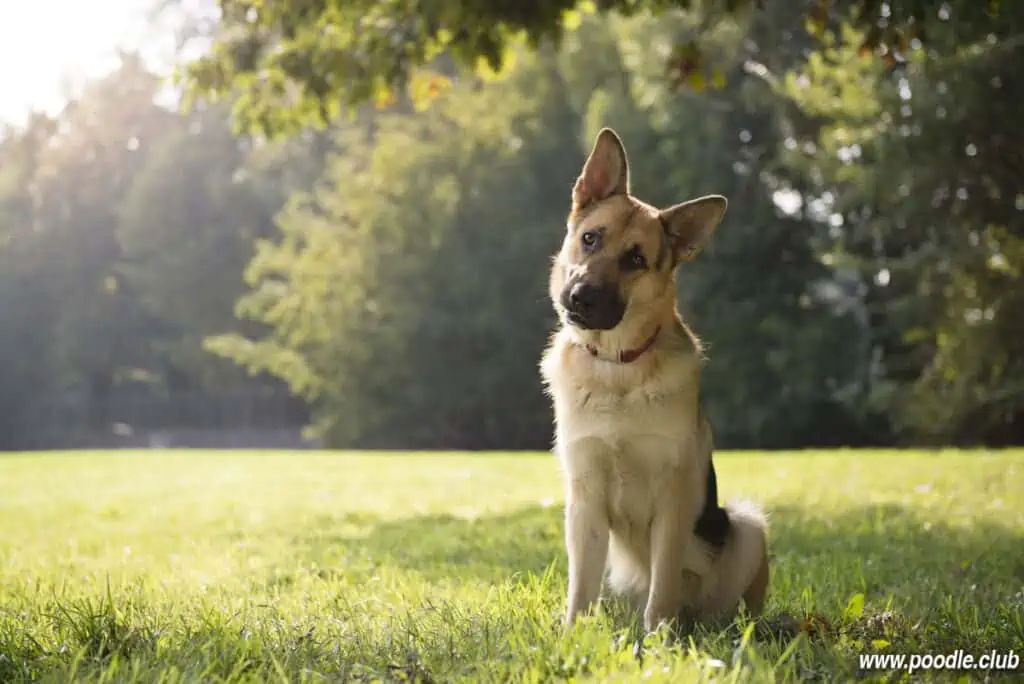
However, you will need to keep this dog active and stimulated mentally. These canines love to exercise and play. The German Shepherd bonds strongly with its family, and you can’t leave the dog alone for too long.
2. German Shorthaired Pointer

The German Shorthaired Terrier can end up closer to a medium-sized dog, but it can also grow to 70 pounds in weight. Usually, these dogs weigh at least 45 pounds.
The German Shorthaired Terrier is bred for hunting but also makes a lovely, loyal pet. You will need to exercise the dog for one to two hours per day.
3. Australian Shepherd
The Australian Shepherd weighs anywhere from 40 to 65 pounds. These dogs were bred to herd farm animals and love to get a good workout.
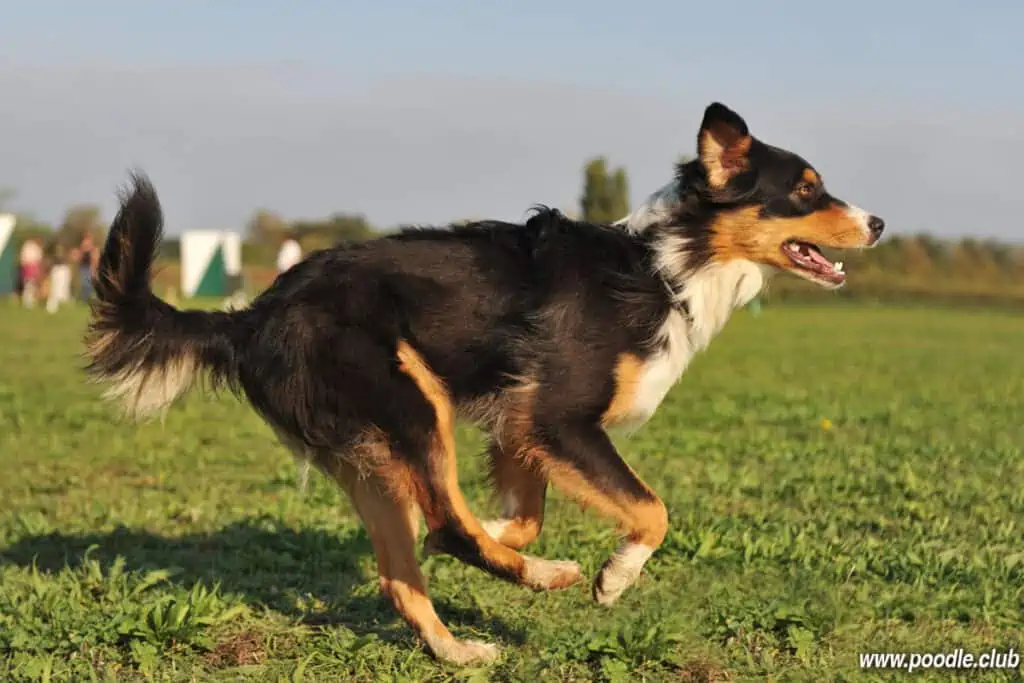
You’ll need to keep the Australian Shepherd busy by taking it out for long walks or jogs. Better yet, you should likely only get the dog if you have a large yard for the pet to run around in.
4. Doberman Pinscher
The Doberman Pinscher is also a lovely and athletic dog. The large breed weighs anywhere from 60 to 80 pounds. The Doberman works well as a guard dog, but he is also gentle and loving with family members. These canines are also very protective over children.

The Doberman needs a large amount of exercise and training since he’s so full of energy.
5. Alaskan Malamute
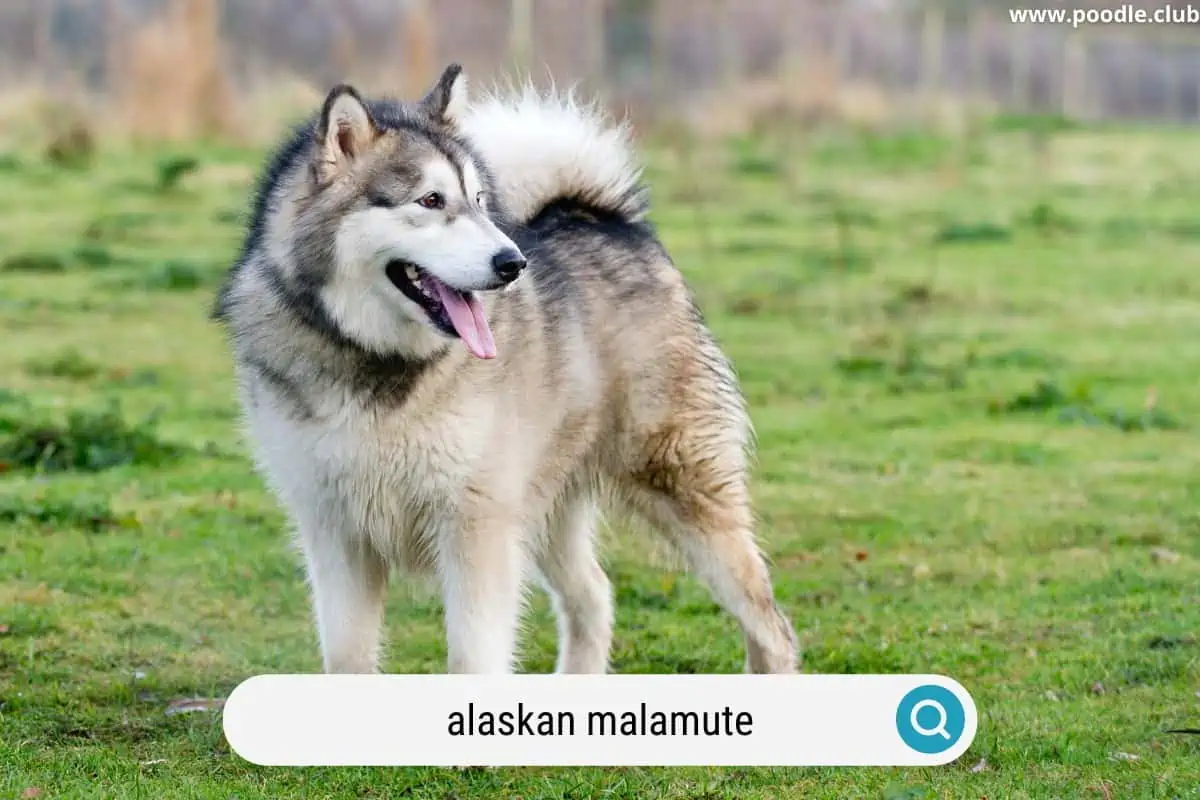
The Alaskan Malamute is a lovely and huge breed that you can welcome into your family. These dogs weigh between 75 and 100 pounds in total.
However, you will need to have enough experience in training dogs if you adopt an Alaskan Malamute. These pups are very intelligent and rather stubborn, so you’ll need to have enough patience to train them properly.
6. Standard Poodle
The Standard Poodle is a rather active and intelligent dog. These pups are one of the healthiest breeds out there. Standard Poodles weigh anywhere from 45 to 70 pounds. Yet, you will need to spend more time grooming a Poodle than some other breeds.
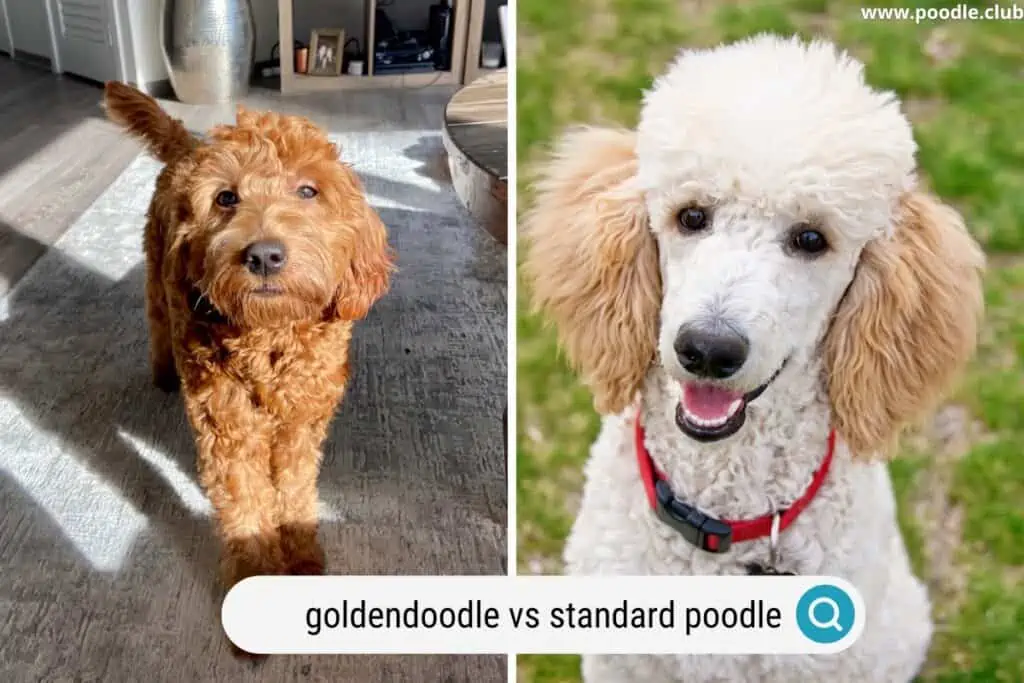
You may need to take the Standard Poodle to the groomer every six weeks.
7. Labrador Retriever
The Labrador Retriever is an excellent and popular breed. These big dogs weigh at least 55 pounds and can get as large as 80 pounds.

The Labrador Retriever has plenty of energy, and you’ll need to get him enough exercise. Generally, the dog needs anywhere from 30 to 60 minutes of intensive physical activity per day.
8. Siberian Husky
The Siberian Husky can grow as large as 60 pounds in weight. The Siberian Husky normally lives in a pack of dogs, which means she will need to know who is in charge when she enters your home. Otherwise, the dog will try to take control of your house or family.

If you take on a more dominant role, the dog will respect you and won’t pose problems during training.
9. German Pinscher

The average life expectancy of a German Pinscher is around 14 years of age. The breed makes a good watchdog. Yet, these dogs are not as aggressive as their stereotype says. They do like to spend time alone. As such, you should only get the dog if you have older children in the home or no children at all.
10. Rottweiler
The Rottweiler is one of the biggest dog breeds out there. They can weigh anywhere from 85 to 130 pounds in total.
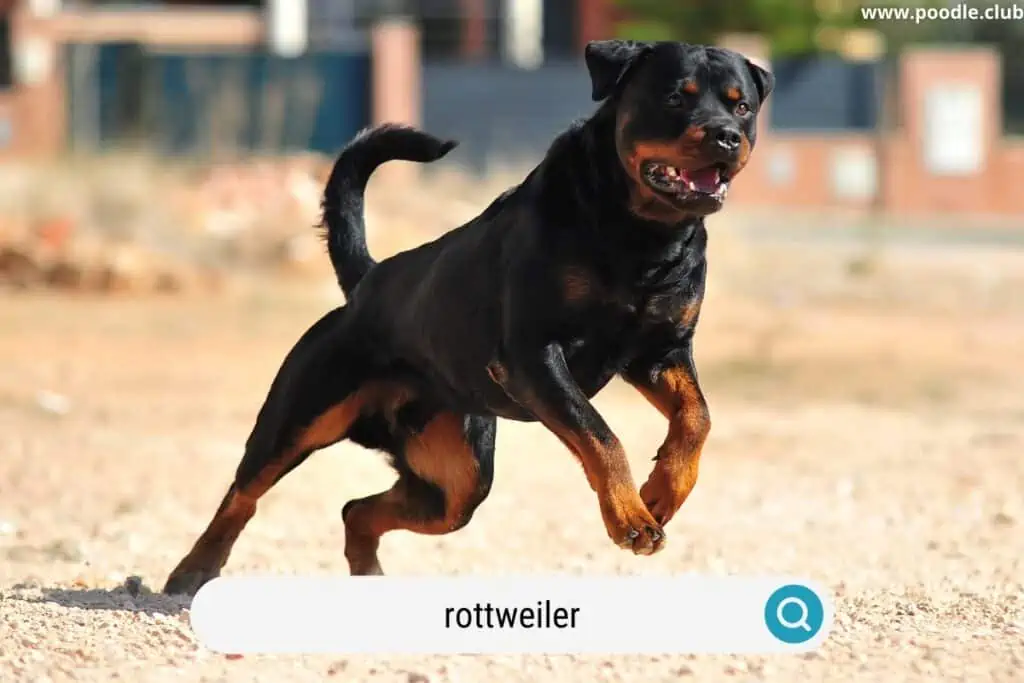
With the right training, the Rottweiler can make a wonderful family dog. Yet, the Rottweiler does make a natural guard dog, so you’ll know the canine will protect you and your family.
11. Australian Cattle Dog
The Australian Cattle Dog can live anywhere from 13 to 14 years of age. The breed is very intelligent and has lots of stamina.
The Australian Cattle Dog is relatively friendly, playful, and loving. As such, it’s the perfect dog for kids. You will need to keep the dog active for better health.
Frequently Asked Questions (FAQs) About Healthy Dog Breeds
Read below to learn the answers to several common questions about large, healthy dog breeds.
Which breed of dog has the least health problems?
From the list above, the dog breeds with the fewest number of health problems include the German Pinscher, the Siberian Husky, the Australian Shepherd, and the Australian Cattle Dog. These dogs can live up to 14 years or even as long as 16 years. Yet, you will need to take good care of your pet to ensure he lives a long life.
What is the healthiest dog breed that doesn’t shed?
The Poodle is the healthiest dog breed that doesn’t shed its fur like some other breeds. If you bring a Poodle into your home, you can expect to have a lovely dog that lives with you for many years to come. Best of all, the Poodle won’t shed all over your furniture and clothes.
What is the healthiest and most low-maintenance dog?
The Chihuahua is one of the healthiest and most low-maintenance dogs you can adopt. The breed is relatively independent and doesn’t need too much attention. Therefore, dog owners can leave a Chihuahua alone for hours without much worry.
How to Keep Your Pup Healthy
One of the main ways you can keep your dog healthy is to feed him healthy food or kibble. The five healthiest and most affordable dog food options include:
- Blue Buffalo Toy
- Harrington’s Lamb and Rice
- Taste of the Wild canned dog food
- Wellness Core
- Dehydrated Natural dog food
You should also give your dog plenty of attention to keep him from getting bored. That may include taking your dog for long walks, hiking in the woods, or jogging around your neighborhood. You can even take your pup for a swim in
Before You Go
Which canine will you pick from the top 11 healthiest large dog breeds outlined in this guide? Let us know in the comments below! Now, find a breeder of your favorite large dog and pick a puppy. Before you know it, you’ll have a gorgeous new puppy playing in your home.
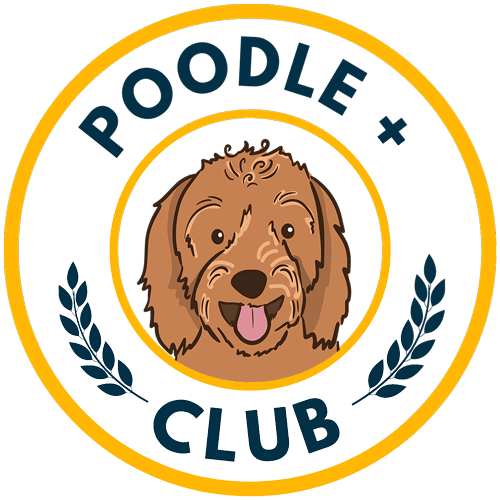






![Why Is My Dog Sleeping With Its Tongue Out? [Is it OK?]](https://poodle.club/wp-content/uploads/2023/01/dog-sleeping-with-tongue-out-pc-768x512.webp)